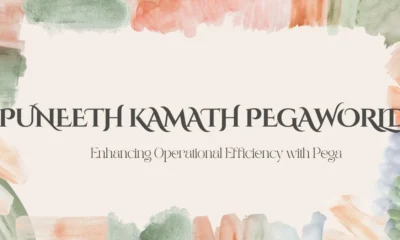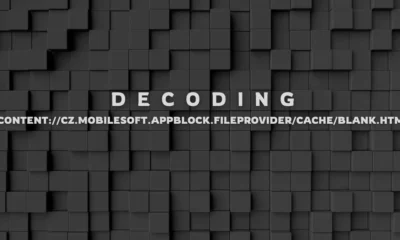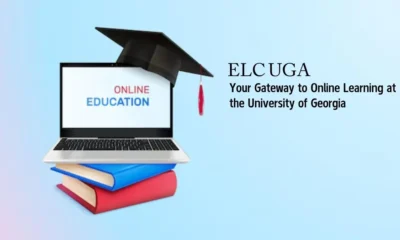EDUCATION
Duaction: The Powerful Fusion of Learning and Doing
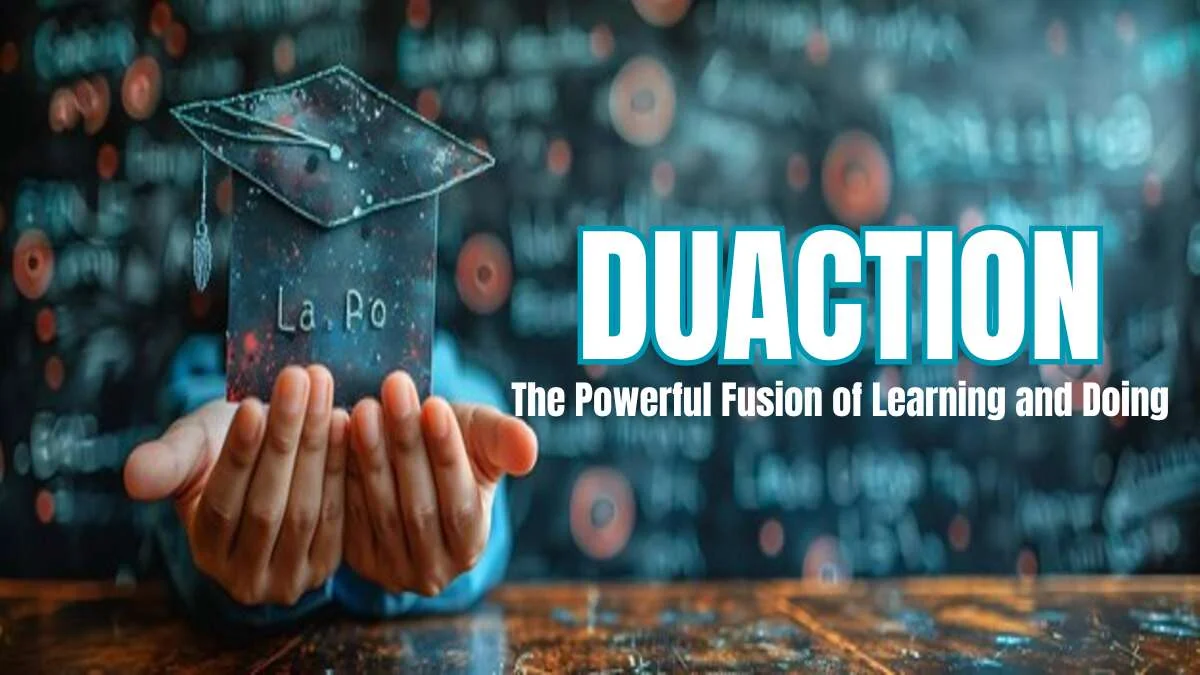
In the evolving landscape of education and professional development, one approach is emerging as a game-changer, Duaction. This term, a fusion of dual and action, encapsulates the idea that learning is most effective when theory and practice are intertwined. Rather than keeping knowledge acquisition and practical application in separate silos, Duaction unites them into a seamless, continuous process. This innovative learning model champions active engagement, enabling learners to grasp concepts deeply by applying them immediately in real-world contexts.
What is Duaction?
Duaction is the combined or dual action of learning and applying knowledge simultaneously to achieve a specific purpose. Instead of treating theory and practice as separate phases, it merges them so that every lesson is reinforced by immediate, practical use.
- Experiential Learning: Learning through direct experience.
- Hands-On Learning: Practical engagement alongside instruction.
- Applied Knowledge: Using theory in real-world scenarios.
Why Duaction Works: The Science Behind It
Educational psychology and cognitive science consistently show that people retain more when they actively apply what they learn.
- Active Recall: Applying knowledge strengthens neural pathways, making it easier to retrieve later.
- Experiential Learning Theory: Multi-sensory, active participation deepens comprehension.
- Constructivism: Learners build understanding through action, not just passive listening.
Harvard research suggests that students engaged in active learning score 6% higher on average than those in traditional lectures.
The Core Principles of Duaction
The effectiveness of Duaction rests on several core principles that define its methodology and success:
1. Immediate Application
Knowledge is applied right after it’s acquired, reinforcing learning through real-life scenarios and tangible outcomes.
2. Active Participation
Learners are not passive recipients; they are active contributors, solving problems, making decisions, and adapting in real time.
3. Contextual Learning
Concepts are taught within the context in which they will be used, making them more relevant and memorable.
4. Feedback Loops
Continuous feedback ensures learners refine their skills while understanding the consequences of their actions.
Benefits of Duaction
- Enhances Retention: Immediate practice reduces the forgetting curve.
- Builds Confidence: Early success fosters self-assurance.
- Improves Problem-Solving Skills: Real-life challenges develop critical thinking.
- Increases Engagement: Active participation keeps motivation high.
- Prepares for Real-World Scenarios: Learners experience authentic situations.
- Promotes Lifelong Learning: Encourages curiosity and skill growth.
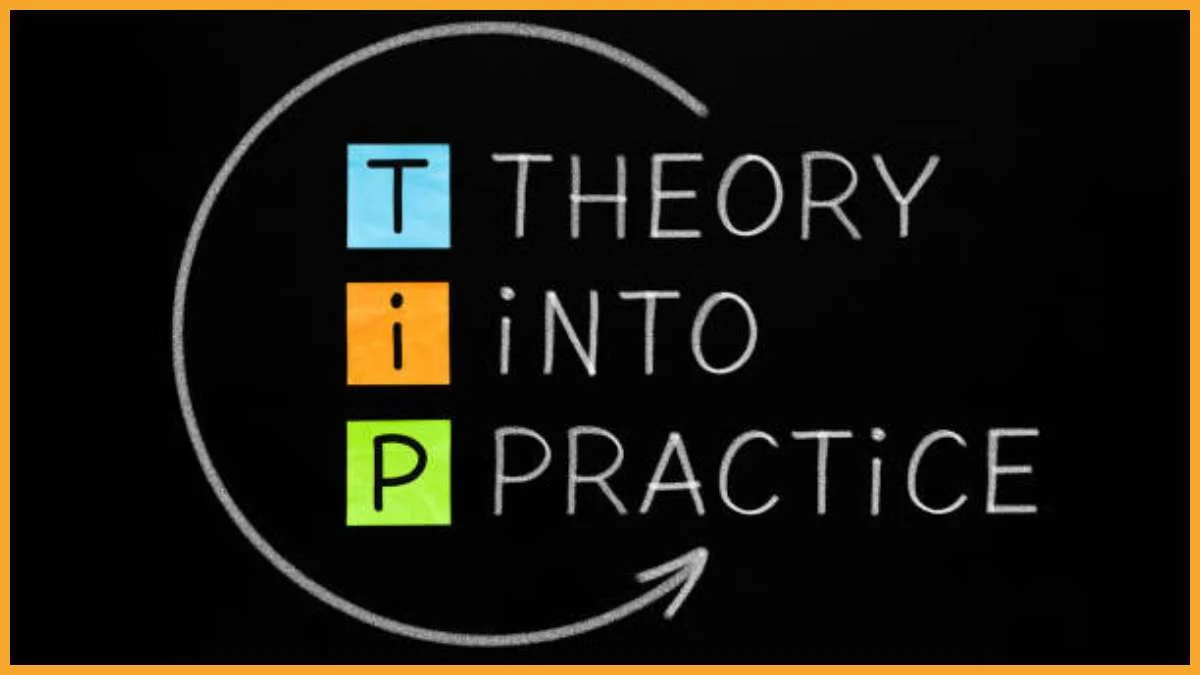
Duaction in Corporate Training
- On-the-job training: Employees learn a new process and implement it immediately in their daily tasks.
- Simulation-Based Learning: For high-stakes industries like aviation or healthcare, simulations allow for practice in a risk-free environment.
- Mentorship Programs: Employees receive real-time feedback from mentors while applying new skills to actual work scenarios.
This approach ensures that training investments yield measurable performance improvements.
How to Implement Duaction Effectively
- Break Content into Actionable Units: Teach small, focused lessons followed by immediate practice.
- Use Real-World Scenarios: Base activities on authentic challenges relevant to learners’ goals.
- Provide Immediate Feedback: Correct errors and reinforce good practices on the spot.
- Encourage Reflection: Ask learners to analyze successes, challenges, and next steps.
- Blend Theory and Action Seamlessly: Avoid long gaps between learning and doing.
- Leverage Technology for Practice: Use simulations, interactive tools, and real-time collaboration platforms.
Duaction vs Other Learning Methods
| Feature / Approach | Duaction | Traditional Learning |
| Theory & Practice | Integrated immediately | Separated by time |
| Learning Speed | Fast, apply same day | Slow, delayed application |
| Retention Rate | High (active recall) | Low without practice |
| Feedback | Instant & ongoing | Delayed (tests, assignments) |
| Real-World Context | Always present | Sometimes missing |
Challenges and How to Overcome Them
- Resource Intensity: It can require more time, materials, and instructor involvement.
- Solution: Use blended learning to balance in-person application with digital resources.
- Assessment Complexity: Measuring applied knowledge is harder than grading a written test.
- Solution: Develop performance-based assessments with clear rubrics.
- Learner Resistance: Some learners may prefer passive methods.
- Solution: Start with small, low-stakes activities to build comfort with active learning.
Real-World Examples of Duaction in Action
1. Coding Bootcamps
Students learn a coding principle in the morning and immediately apply it to building a functional app by afternoon.
2. Medical Residencies
Residents study patient care guidelines and then apply them during supervised clinical rounds.
3. Culinary Schools
Lessons on flavor theory are instantly tested in the kitchen with hands-on recipe creation.
FAQs
Q1: Is Duaction only for in-person learning?
No. It works in online, in-person, and hybrid formats, especially with tools like simulations and real-time collaboration platforms.
Q2: Why is Duaction more effective?
Because it engages the brain through active recall, real-world context, and instant feedback—maximizing retention and skill growth.
Q: Who can benefit from Duaction?
Students, professionals, and lifelong learners in any field.
Conclusion
In a world where knowledge alone is no longer enough, Duaction offers a pathway to mastery. By uniting theory and practice in a fluid, engaging process, it transforms learners from passive recipients of information into active, capable problem-solvers. Whether in academic institutions, professional training programs, or personal skill development, Experiential learning empowers individuals to turn learning into meaningful, real-world impact. The message is clear: Don’t just learn, act. With Experiential learning, every lesson is a step toward tangible results, deeper understanding, and lifelong capability.
-

 BIOGRAPHY6 months ago
BIOGRAPHY6 months agoBehind the Scenes with Sandra Orlow: An Exclusive Interview
-

 HOME1 year ago
HOME1 year agoDiscovering Insights: A Deep Dive into the //vital-mag.net blog
-

 HOME1 year ago
HOME1 year agoSifangds in Action: Real-Life Applications and Success Stories
-

 BIOGRAPHY1 year ago
BIOGRAPHY1 year agoThe Woman Behind the Comedian: Meet Andrew Santino Wife



